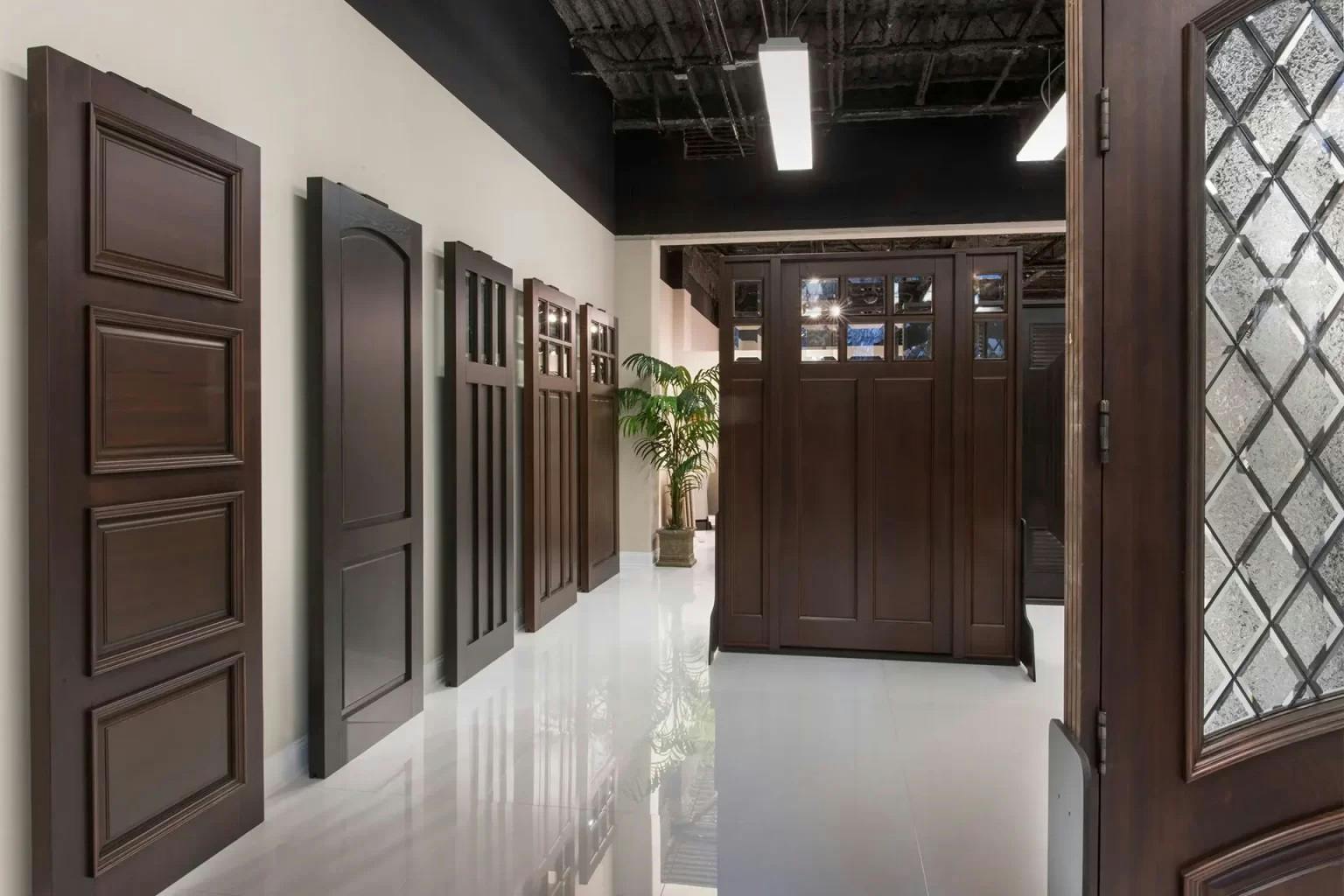The Subtle Art of Interior Doors: Enhancing Spaces with Style and Functionality
Introduction: Interior doors are not merely functional elements within a living space; they are gateways that seamlessly blend utility with aesthetics, defining the character and ambiance of each room they grace. From classic wooden designs exuding warmth to sleek modern styles that epitomize minimalism, interior doors play a pivotal role in shaping the overall atmosphere of a home or office. This article delves into the diverse world of interior doors, exploring their significance, styles, and the transformative impact they have on interior design.

Significance of Interior Doors: Interior doors serve a dual purpose: they provide privacy and delineate spaces while also contributing to the visual harmony of the interior environment. Beyond their practical functions, they influence the flow of natural light, sound insulation, and overall spatial dynamics. Well-chosen interior doors can elevate the ambiance of a room, enhancing its appeal and functionality.
Styles and Materials: Interior doors come in a myriad of styles, materials, and finishes, catering to various architectural preferences and design aesthetics. Traditional homes often feature solid wood doors with intricate paneling and ornate details, evoking a sense of timeless elegance. In contrast, contemporary interiors favor clean lines and minimalist designs, opting for sleek, flush doors made from materials like glass, metal, or composite.
Wood remains a perennial favorite for interior doors, prized for its durability, natural beauty, and versatility. Oak, mahogany, pine, and maple are popular choices, each offering distinct grain patterns and hues that can be stained or painted to complement any interior scheme. For those seeking a modern flair, glass doors introduce transparency and lightness, creating an illusion of spaciousness and connectivity between rooms. Additionally, metal doors lend an industrial edge, adding a touch of urban chic to loft-style apartments or contemporary residences.
Design Considerations: When selecting interior doors, several factors should be considered to ensure they harmonize with the overall design scheme and functional requirements of the space. The choice of style, material, color, and hardware should align with the architectural style of the property and the desired ambiance of each room. For instance, pocket doors are ideal for maximizing space in compact areas, while barn doors offer a rustic charm and space-saving solution for larger openings.
Furthermore, attention to detail is paramount, from selecting the right door handles and hinges to ensuring proper measurements for a snug fit. Hardware options range from classic knobs and levers to modern pulls and concealed hinges, each contributing to the overall aesthetic and functionality of the door.
Transformative Impact: The careful selection and placement of interior doors can dramatically transform the look and feel of a space, enhancing its functionality and visual appeal. By seamlessly integrating with the architectural elements and interior décor, doors can create a cohesive narrative that ties the entire design scheme together.
In conclusion, interior doors are not merely functional elements but integral components of interior design, capable of infusing spaces with style, personality, and practicality. Whether traditional or contemporary, wood or glass, interior doors embody the essence of craftsmanship and design innovation, enriching the built environment with their timeless allure and transformative power.
